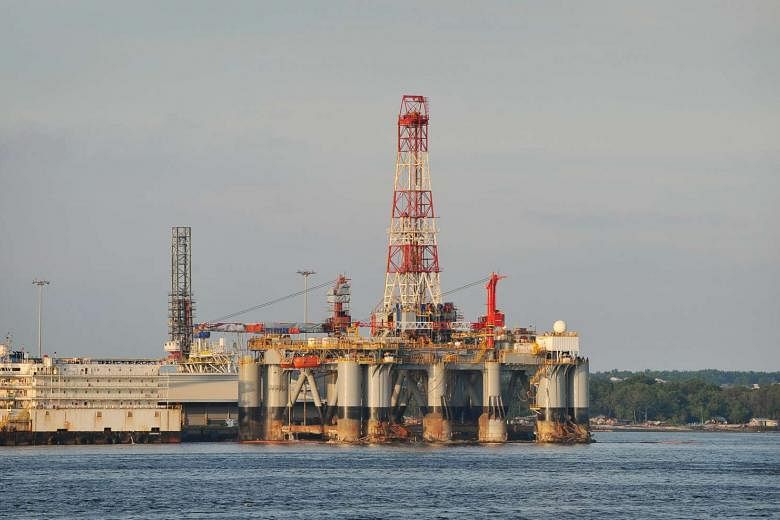The Malaysian oil services firm that defaulted on US$89.3 million in bonds last October is trying again to settle its debts with bond holders.
Perisai Petroleum Teknologi is offering to pay US$3.4 million (S$4.8 million) in cash and issue US$85.9 million worth of new instruments called "irredeemable convertible loan stocks".
These "stocks" will be listed and tradeable on Malaysia's Bursa, Perisai told a bond holder meeting yesterday. They can be converted into Perisai shares only after five years.
Yesterday's meeting came a full five months after Perisai stopped communication with bond holders.
Last October, bond holders overwhelmingly voted down Perisai's request for a debt extension because the final terms differed from those that Perisai managing director Zainol Izzet had discussed with them as late as last August.
He had promised that his company would set aside at least US$20 million for bond holders in its debt reorganisation, but this never materialised.
About 60 bond holders crowded a basement room in China Square Central yesterday seeking answers from the Perisai board, but were urged instead to set aside "legacy issues".
One of those in attendance was Mr Ravi Murarka, who had flagged Perisai's debt troubles to the board as early as 2015.
Mr Murarka asked yesterday how Perisai could expect bond holders to accept just US$3.4 million in cash now, when Perisai had agreed to pay US$20 million five months ago.
That amount was to have come from the proceeds of a US$43 million put option that Perisai would exercise to sell its stake in a subsidiary to Emas Offshore (EOL).
Datuk Zainol answered: "We had agreed to those terms with EOL, but they could not confirm that the US$20 million would be available."
Mr Murarka, in turn, argued that EOL did not stick with the deal because Perisai had failed to get bond holders' buy-in after surprising them with the late change in terms.
The reason the US$20 million payment became US$3.4 million is that Perisai is now setting aside US$5 million for working capital.
Also, after Perisai became insolvent, the law states that any settlements made to one group of creditors, such as bond holders, must be made in proportion to other lenders.
No plan was presented yesterday on how Perisai intends to turn itself around.
It still has vessels working under Petronas contracts, but this cash flow is ringfenced to meet loan obligations to the banks.
Perisai has agreed to allow bond holders to appoint a financial adviser to represent them, and Mr Zainol said that Perisai would engage with this adviser in good faith.
He also said that KPMG, which had advised on the debt restructuring last year, has been discharged.
EY and Sage 3 Capital are advising Perisai now.
Now, bond holders' hands could be tied even if they reject the settlement.
Perisai said it intends to implement a scheme of arrangement with all creditors under court supervision, where creditors will vote as a group on the settlement.
Because bond holders will be minorities in the scheme as devised by Perisai, even if all of them vote "no", the scheme could go through as long as the banks are agreeable, unless an objection is made in court.


